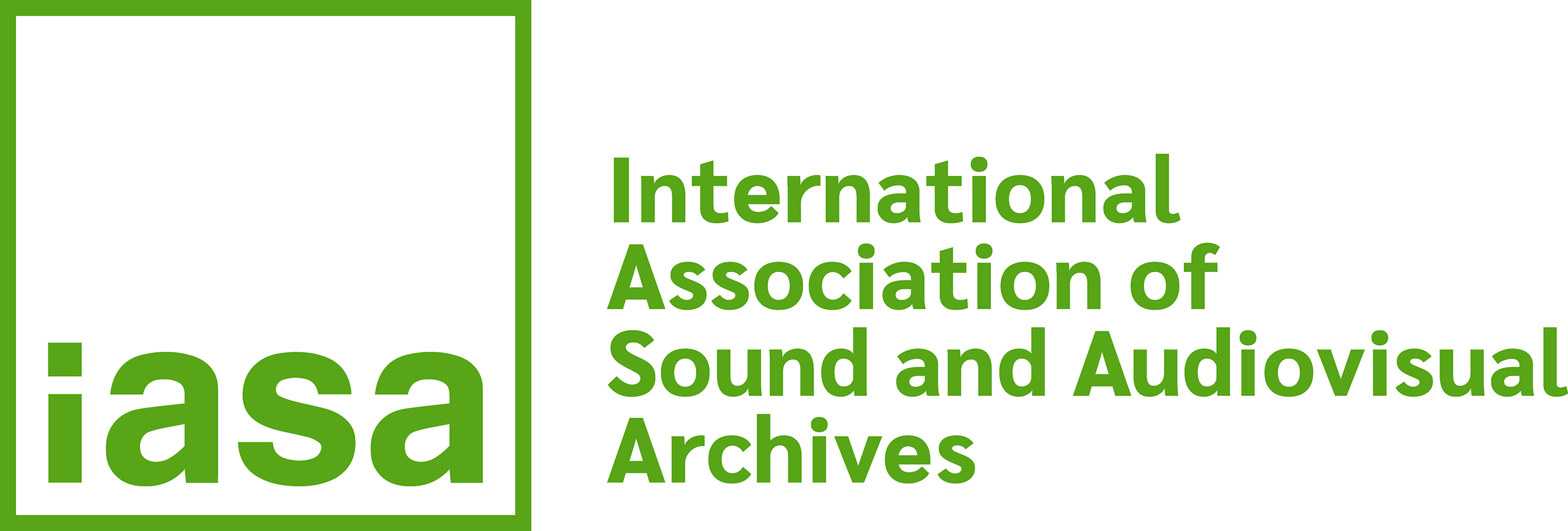8. Organisation and staffing
Once prepared, the oral history programme needs to be set within an organisational structure that will efficiently and effectively accommodate the particular functions involved in this field of sound archivisrn. The main functions are research and interviewing, technical processing and documentation (which includes transcribing, cataloguing and indexing). The suggestions made in this section presume an appropriate measure of financial support and the local availability of suitably qualified staff. Individual programmes will have to modify the structure to match their resources if these are insufficient to establish and sustain a fully professional archive.
The research and interviewing work of the archive should be carried out by qualified staff selected on the basis of providing the broadest possible range of specialised knowledge available for the development of the particular programme. Interviewers should generally be history graduates, but the archive staff responsible for selecting, designing or supervising recording projects should also have a higher degree and research experience. In addition to suitable subject knowledge, however, certain organisational aptitudes and qualities of personality are also needed. The tasks of preparing, organising and conducting individual recording projects and ensuring their proper co-ordination within an overall programme are parts of an administrative and management process as well as an historical one. Equally important are the personal characteristics - speed and clarity of thought and expression for example - necessary to use oral history interviewing methods to best advantage.
A full time research staff provides the optimum means of implementing a programme. If this is not obtainable, at least the overall control of each recording project should be in the hands of an experienced oral historian. By using a small group of permanent staff interviewers as project managers, the archive can develop quite a large recording programme with supporting interviewers who should be trained and properly supervised - employed on a short term voluntary, freelance or contract basis. By this means the number of permanent research staff may be kept to a reasonably economic level.
The number of research and interviewing staff will obviously depend on the scale of the programme that the archive plans to implement. For the collecting centre as a whole to operate efficiently, however, it is necessary to understand the relationship between the recording programme and the other functions which the archive has to carry out. It is not possible to provide figures that are exactly and universally applicable for all oral history recording, since methods and organisation will vary to some extent between different archives. It may be said, however, that one full time interviewer should be able to record up to one hundred hours of reminiscences a year based on about fifty interviewing sessions. (This, and other figures quoted in this section, are given as a rough guideline based on the practical experience of the Imperial War Museum's Department of Sound Records.) On the basis of this unit figure an archive can estimate a growth pattern for its collection and calculate the various kinds of resources that will be necessary to support it.
To illustrate the scale of staff support necessary for technical processing, one technician should be capable of copying to full archival standards about 600 hours of recorded interviews a year. Archives do not, however, need to reach this level before the appointment of a qualified technician can be justified since the maintenance of equipment and the conservation of the collection should also be the technician's responsibility. An oral history collection has no special or distinctive technical needs or problems. In fact the requirements of new programmes are likely to be more straightforward than those of some other kinds of sound archives dealt with in this book because recording interviews is technically less demanding than, for example, recording music or animal sounds and because oral history archives are generally less concerned with restoring and preserving old recordings.
The main documentation procedures in an oral history archive are transcribing, cataloguing and indexing. Transcribing -the process of presenting the information content of recordings in a typescript form - should be carried out by typists with a good general standard of education and a clear understanding of the structure and use of language. Their task is to produce an accurate typescript of each interview and - by the appropriate use of sentences, paragraphs and punctuation to make it as literate a document as possible without altering the words or sense of the speakers. Transcribing is an extremely time consuming process; on average one hour of tape may take eight hours to transcribe and three hours to proofread and correct. If the archive wants and can afford to transcribe all the interviews it records, the output from one full time interviewer would be more or less sufficient to keep one transcriber permanently occupied.
Cataloguing and indexing oral history interviews is also very labour intensive and it may take in the region of four hours to compile full catalogue and subject index entries for one hour of tape. These documentation services should be under the control of an experienced and well qualified cataloguer who is capable of designing and applying suitable systems for the organisation of audio documentation and who is supported by an appropriate number of staff able to apply consistently disciplined rules for the organisation of a collection.
In organising and staffing an oral history sound archive it cannot be stressed too strongly that the functions described above are part of a single and integrated process. It is therefore essential that a reasonable balance is struck between recording and the various stages of processing the resultant material. To achieve this requires the establishment and, as the recording programme develops, the maintenance of proper ratios between the various categories of archive staff. To summarise what has been detailed above, the ratio of two interviewers: two transcribers: one cataloguer may be a useful equation for establishing a balanced organisational structure, with one technician being capable of providing the necessary technical support for up to six full time interviewers.


